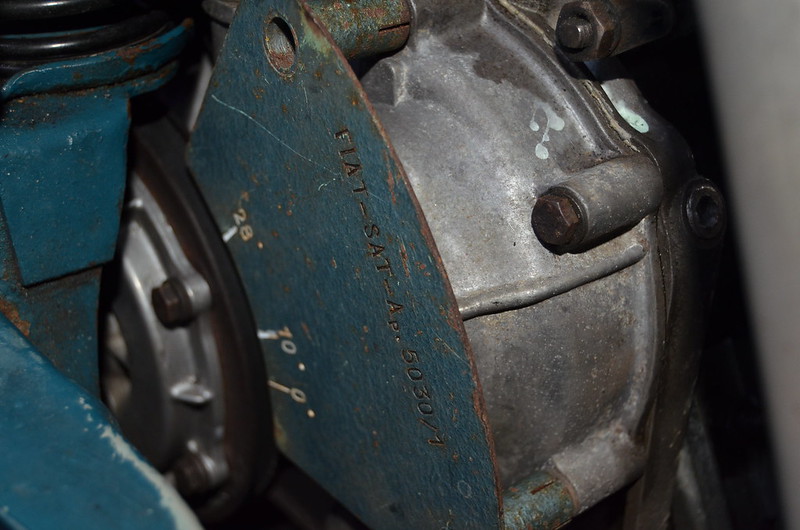jjacob
Member
I have a scan of a Polish owners manual for the 126p. I was looking at the recommendations for fluids, as well as engine adjustments and discovered that the maximum advance for the 650cc engines is not 18 degrees at 3000 rpm as I thought (like the 500), but rather 21 degrees (+/- 2 degrees) at 4000 rpm. Point gap is shown as 0.5mm.
This information can be found on page 47 under "Zaplon" (Ignition).
I have attached all of the Technical pages.
John
This information can be found on page 47 under "Zaplon" (Ignition).
I have attached all of the Technical pages.
John
Attachments
-
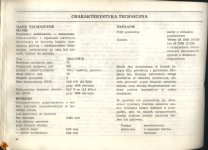 scan0082.rotated.jpg489.3 KB · Views: 454
scan0082.rotated.jpg489.3 KB · Views: 454 -
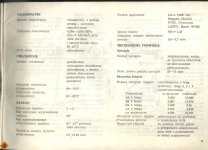 scan0083.rotated.jpg457.7 KB · Views: 175
scan0083.rotated.jpg457.7 KB · Views: 175 -
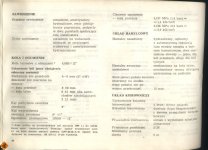 scan0084.rotated.jpg475.2 KB · Views: 163
scan0084.rotated.jpg475.2 KB · Views: 163 -
 scan0086.rotated.jpg494.4 KB · Views: 125
scan0086.rotated.jpg494.4 KB · Views: 125 -
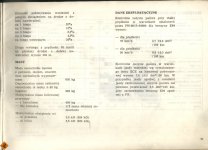 scan0087.rotated.jpg425.7 KB · Views: 95
scan0087.rotated.jpg425.7 KB · Views: 95 -
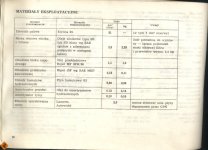 scan0088.rotated.jpg436.2 KB · Views: 174
scan0088.rotated.jpg436.2 KB · Views: 174 -
 scan0089.rotated.jpg358.7 KB · Views: 162
scan0089.rotated.jpg358.7 KB · Views: 162 -
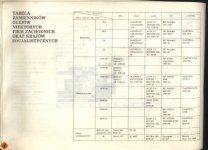 scan0090.rotated.jpg441 KB · Views: 134
scan0090.rotated.jpg441 KB · Views: 134 -
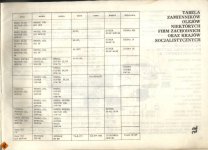 scan0091.rotated.jpg468.5 KB · Views: 114
scan0091.rotated.jpg468.5 KB · Views: 114 -
 scan0092.rotated.jpg495.2 KB · Views: 157
scan0092.rotated.jpg495.2 KB · Views: 157



